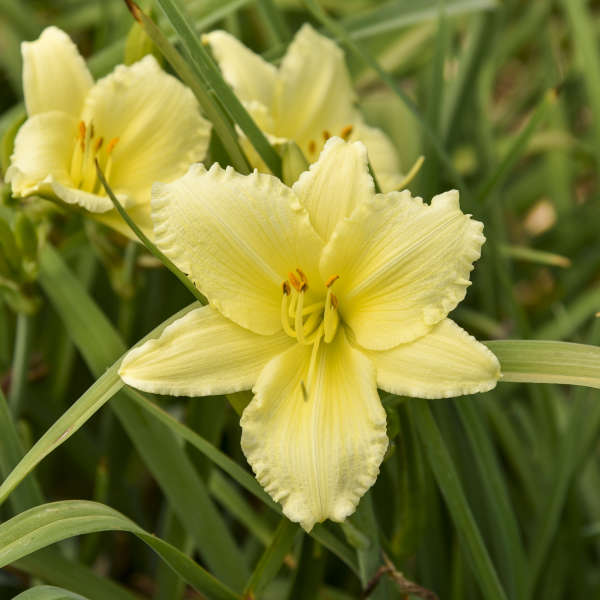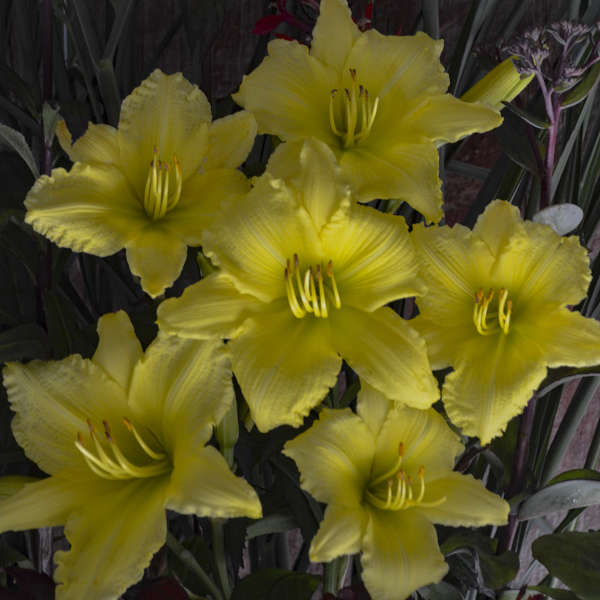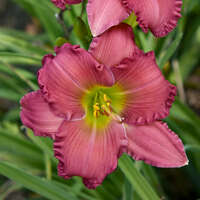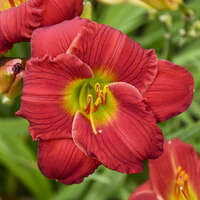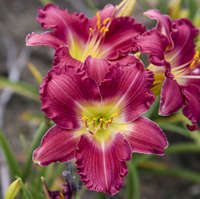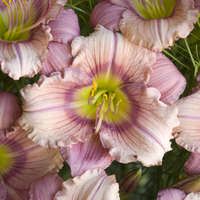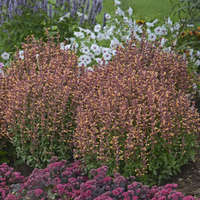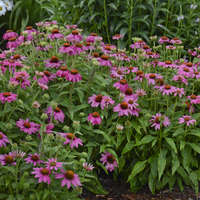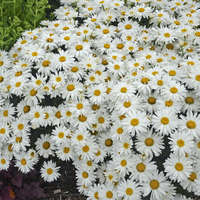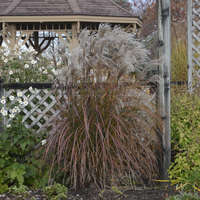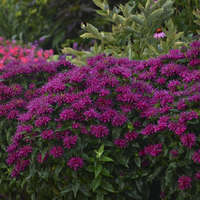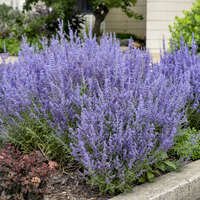Hemerocallis 'Big Time Happy'
HAPPY EVER APPSTER™ Daylilies
Common Name: Daylily
Renowned daylily breeder Darrel Apps, who brought us the popular ‘Happy Returns’, returns again with an improved version of the classic reblooming daylily. ‘Big Time Happy’ shares a similar canary yellow flower color to ‘Happy Returns’, but boasts 4” wide flowers, nearly an inch wider. Slightly ruffled petals open flat to display the rich yellow color, and blooms from early summer to frost.
Daylilies can survive many harsh conditions that other plants cannot including: polluted city environments, slopes, poor and dry soils, near pavement that is salted in winter, and under Black Walnut trees (not affected by juglone).
Characteristics (Compared to Other Daylilies)
- Early Bloomer, blooming in June.
- Extended Bloom with flowers staying open at least 16 hours.
- Fragrant flowers.
- Dormant foliage.
- Tetraploid with 44 chromosomes, twice as many as Diploids. Tetraploids tend to be bigger, stronger plants.
